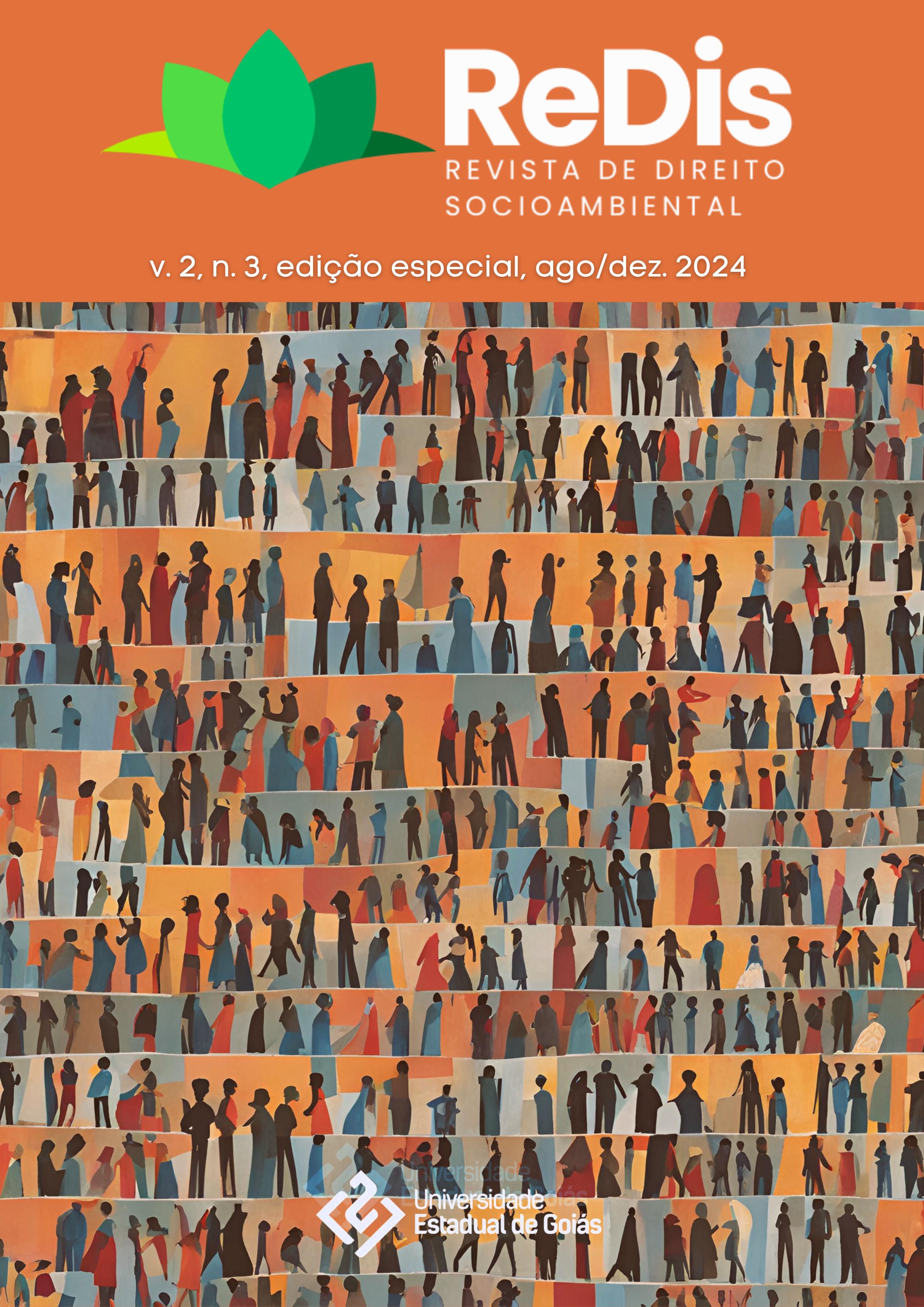BILINGUALISM AS A SYSTEM OF INCLUSION AND CULTURAL RESCUE
Keywords:
Bilingualism, Linguistic Diversity, Inclusion, Pedagogy, Cultural RescueAbstract
Bilingualism is not just a linguistic skill; it is a powerful means to foster social inclusion and preserve cultural diversity. To promote these objectives in children, it is crucial to implement a methodology that integrates an interdisciplinary approach covering the areas of linguistics, bilingual education, cultural anthropology, and child development psychology. This approach provides a holistic understanding of the importance of bilingualism in inclusion and cultural rescue, incorporating participatory methodologies, appropriate educational materials, and inclusive pedagogical practices. From the design of the bilingualism course in early childhood education, professional practices are worked on in multicultural contexts where students are offered meaningful experiences in minority language research and strategies are designed for their revitalization, as well as the possibility of participation in community projects for the preservation of those languages. In the course design, educational technology and multimedia resources are integrated as essential elements to support language learning and cultural promotion. In summary, the implementation of a methodology that integrates various pedagogical approaches and specific strategies is fundamental to promote bilingualism as a system of inclusion and cultural rescue.
References
BAKER, C. Foundations of bilingual education and bilingualism. Multilingual Matters, 2006.
BAKER, C. Foundations of bilingual education and bilingualism. Multilingual Matters, 2011.
BIALYSTOK, E. Bilingualism in Development: Language, Literacy, and Cognition. Cambridge University Press, 2001.
COLLIER, V.; THOMAS, W. P. The Astounding Effectiveness of Dual Language Education for All. Corwin Press, 2009.
CUMMINS, J. BICS and CALP: Empirical and Theoretical Status of the Distinction. In: Bilingual Education, 2008, p. 1-34.
FILLMORE, L. W. When Learning a Second Language Means Losing the First. Early Childhood Research Quarterly, v. 6, n. 3, 1991, p. 323-346.
FISHMAN, J. A. Reversing language shift: Theoretical and empirical foundations of assistance to threatened languages. Multilingual Matters, 1991.
GARCÍA, O. Bilingual education in the 21st century: A global perspective. John Wiley & Sons, 2009.
GENESEE, F. Early Childhood Education in Multilingual Societies. International Academy of Education, 2008.
GENESEE, F. Dual Language Development & Disorders: A Handbook on Bilingualism and Second Language Learning. 2. ed. Brookes Publishing Co., 2013.
GIDDENS, A. Sociología. Alianza Editorial, 2006.
GOBIERNO de Colombia. Política Nacional de Bilingüismo 2020-2030. Bogotá, Colombia, 2020.
GONZÁLEZ, de Pérez, M. S. Políticas de Inclusión Lingüística en la Educación Colombiana: Un Enfoque hacia la Diversidad Cultural. Revista de Educación Inclusiva, v. 10, n. 2, 2018, p. 35-50.
GROSJEAN, F. Life with Two Languages: An Introduction to Bilingualism. Harvard University Press, 1982.
INSTITUTO COLOMBIANO PARA LA EVALUACIÓN DE LA EDUCACIÓN (ICFES). Informe Anual sobre la Evaluación de Programas de Enseñanza Bilingüe. Bogotá, Colombia, 2018.
KRASHEN, S. Principles and Practice in Second Language Acquisition. Pergamon Press, 1982.
MINISTERIO DE EDUCACIÓN NACIONAL DE COLOMBIA. Plan Nacional Decenal de Educación 2016-2026. Bogotá, Colombia, 2017.
VALENCIA, G. L. Lenguas Nativas de Colombia: Patrimonio Cultural y Desafíos para su Preservación. Editorial Científica de Colombia, 2005.
Downloads
Published
Issue
Section
License
Copyright (c) 2024 Social and Environmental Law Journal

This work is licensed under a Creative Commons Attribution-NonCommercial-NoDerivatives 4.0 International License.
The author(s) agree(s) and declare(s) that:
- They have provided accurate and truthful information and have not created a false identity or used subterfuge with the intent to deceive individuals, institutions, or obtain benefits of any kind;
- They are solely responsible for any and all information provided and are subject to administrative and legal consequences arising from inaccurate or false statements (Articles 298 and 299 of the Brazilian Penal Code) that may cause harm to the Journal or third parties;
- They have not used the Journal for illegal, unlawful, or prohibited purposes, nor for actions that violate the privacy or rights of third parties, including copyright or intellectual property rights.


